When creating an itinerary for a specific country, I prioritise finding the top attractions to visit. One of the things I consider is whether the place is designated as a UNESCO World Heritage Site. While this is not the only criterion I use, I take pride in exploring these sites. As of 2024, Germany boasts 52 UNESCO World Heritage Sites, showcasing the nation's cultural and geographical diversity. So far, I have visited ten of these sites. Feel free to take a look at my list of these ten remarkable sites and consider visiting them yourself. The number next to each site indicates the year it was added to the UNESCO World Heritage list.
1 Museumsinsel (Museum Island), Berlin, 1999
The five museums located on Museum Island in Berlin, constructed between 1824 and 1930, represent a visionary project that highlights the evolution of museum design. Each museum was specifically designed to create a seamless connection with the art it houses, emphasising the significance of the collections that showcase the development of civilisations throughout history. The Altes Museum, the first museum on Museum Island, was established in the early 19th century and is situated at Lustgarten, across the Berlin Cathedral and the new Humboldt Forum.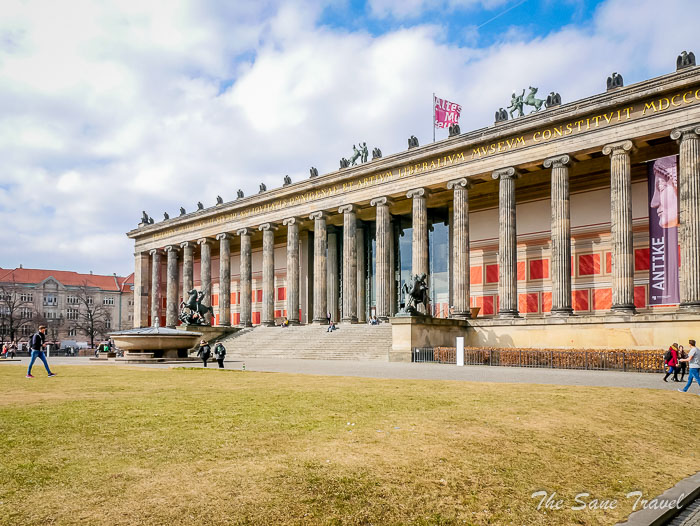
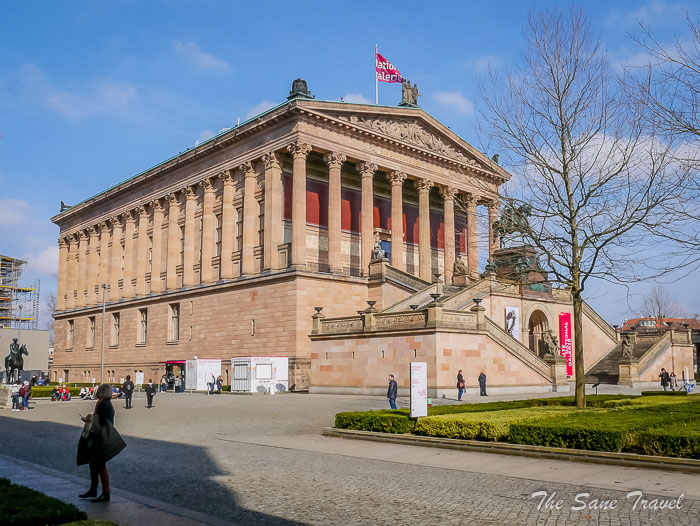
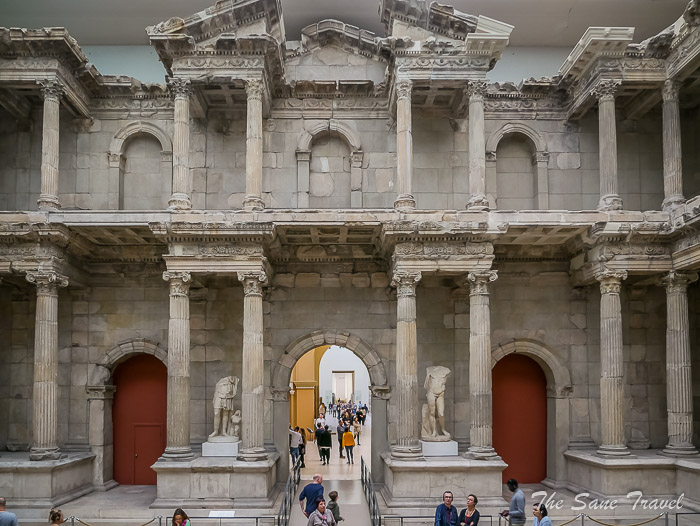
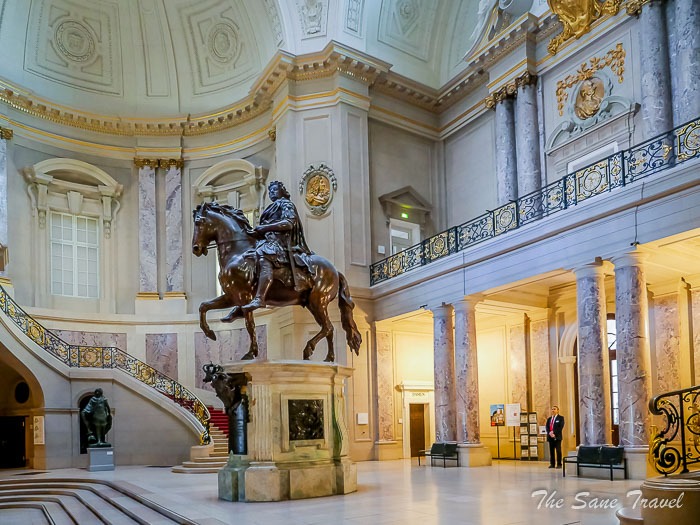
2 Palaces and Parks of Potsdam and Berlin, 1990
Potsdam's palaces and parks, covering 500 hectares, feature 150 buildings dating from 1730 to 1916, creating a unique and eclectic artistic complex. This extends into Berlin-Zehlendorf, along the River Havel and Lake Glienicke. Potsdam was a favoured residence of the Prussian kings in the 18th and 19th centuries. 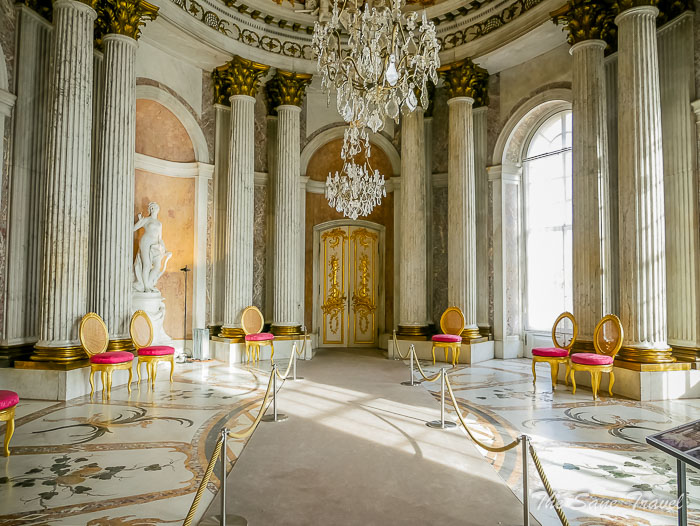
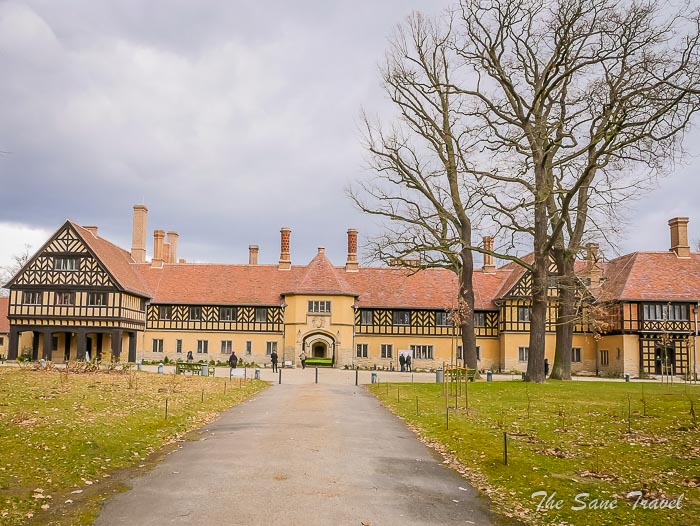
How to get there?
The RB22 regional train departing hourly from Berlin Brandenburg Airport will transport you to Potsdam.
3 Cologne Cathedral, 1996
A masterpiece of Gothic architecture, the construction of Cologne Cathedral began in the mid-13th century and was completed in 1880 after multiple stages. Over seven centuries, builders remained faithful to the original plans, inspired by a common faith. Standing at 157 metres tall and boasting 10,000 square metres of windows, it is the world's third-largest Gothic-style cathedral, which attracts 20,000 visitors daily. The construction required 300,000 tonnes of various types of stone, including trachyte, sandstone and limestone for sculptures and canopies. The black patina on the cathedral is a result of centuries of weathering, soot and biofouling, which adds to its character.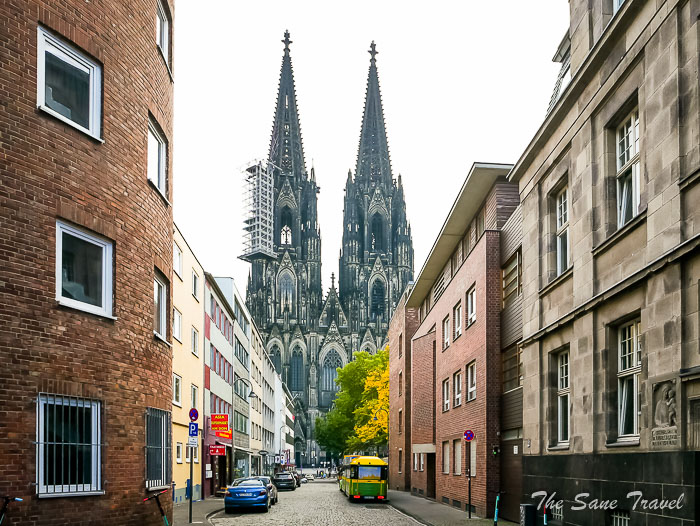
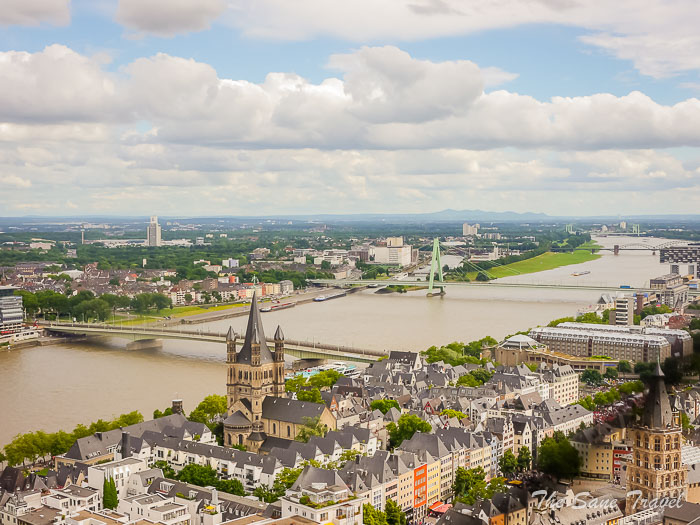
How to get there?
Cologne Cathedral is located a short two-minute walk from Cologne railway station.
4 Castles of Augustusburg and Falkenlust at Brühl, 1984
The Brühl World Heritage Site features three remarkable architectural and art-historical landmarks: Augustusburg Palace, Hunting Lodge Falkenlust and a palace garden in the French style. Augustusburg Castle and Hunting Lodge Falkenlust, set in a picturesque garden landscape, are early examples of Rococo architecture in 18th-century Germany.
NB! Be aware that Augustusburg and Falkenlust castles are located in Bruhl town near Cologne and Bonn, not in Augustusburg city in Germany.
How to get there?
To reach the site, you can take the Köln/Cologne – Bonn train or the MittelrheinBahn train to Brühl station, followed by a brief five-minute walk to Augustusburg Palace. Alternatively, you can take tram No. 18 from Cologne or Bonn to Brühl-Mitte and walk approximately 800 metres to the palace.
5 The Great Spa Towns of Europe (Bad Ems), 2021
The Great Spa Towns of Europe, a World Heritage Site, consists of eleven spa towns spread across seven European countries: Baden bei Wien (Austria); Spa (Belgium); Františkovy Lázně; Karlovy Vary; Mariánské Lázně (Czechia); Vichy (France); Bad Ems; Baden-Baden; Bad Kissingen (Germany); Montecatini Terme (Italy); and City of Bath (United Kingdom). These towns were developed around natural mineral water springs and reflect the European spa culture that flourished from the 18th century to the 1930s. They showcase the evolution of grand international resorts centred around spa buildings designed to harness mineral water resources for bathing and drinking. These sites represent the exchange of values and advancements in medicine, science and balneology. Among the listed German spa towns, I have visited Bad Ems, known for its historical significance, political events, musical heritage and therapeutic hiking trails. The town's spa district features thermal springs and a spa landscape with a rich history dating back to the Middle Ages. In the 19th century, the spa castle served as a royal residence and today houses Häcker's Grandhotel and the Maharishi Ayurveda Health Centre.
How to get to Bad Ems?
Take a 20-minute train ride from Koblenz railway station.
6 Upper Middle Rhine Valley, 2002
The area along the Middle Rhine between Bingen and Koblenz has been influenced by centuries of trade between the Mediterranean and northern regions, resulting in a landscape dotted with around 40 hilltop forts and castles. Some of these structures were restored during the 19th-century Romanticism movement, attracting writers and artists to the area for inspiration. I took a boat trip along the Rhine from Boppard to Rudesheim am Rhein, with a stop in St. Goar, and I highly recommend the experience. The views of the towns and castles from the boat's open deck were stunning.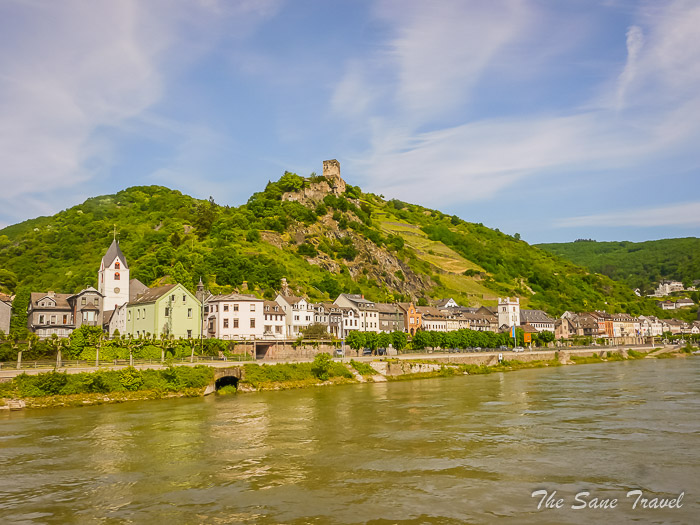
7 Würzburg Residence with Court Gardens and Residence Square, 1981
This grand Baroque palace, one of Germany's largest and most beautiful, was commissioned by prince-bishops Lothar Franz and Friedrich Carl von Schönborn. Constructed in the 18th century by a team of international architects, painters, sculptors and stucco workers under the supervision of Balthasar Neumann, it is recognised as one of Europe's most significant palaces. The unique combination of architecture and interior design sets the Würzburg Residence apart. 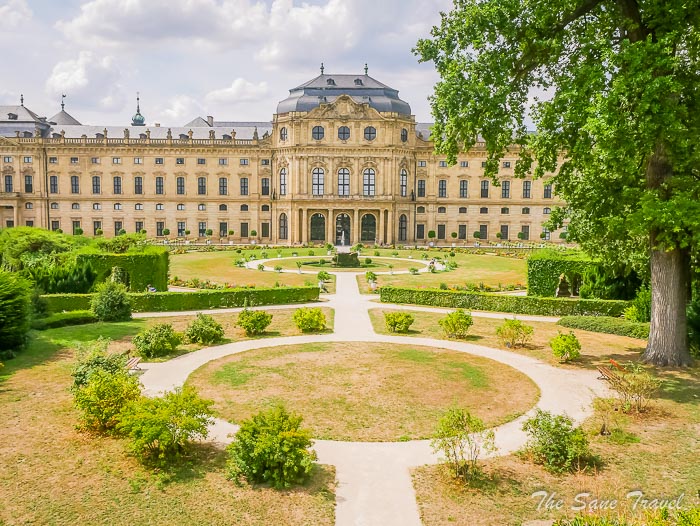
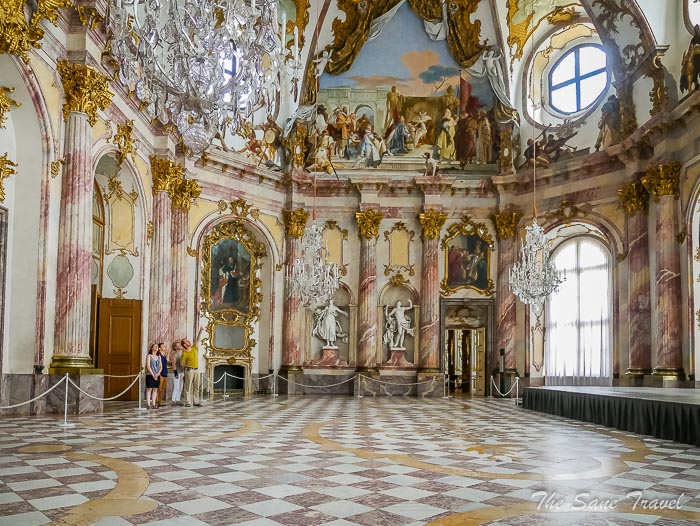
How to get there?
Take a twenty-minute walk from Wurzburg railway station.
8 Town of Bamberg, 1993
Bamberg, similar to Rome, is situated on seven hills and was selected by Holy Roman Emperor Henry II as the capital of his empire. It is one of the few towns in Germany that was largely spared from bombing during World War II, preserving its authentic atmosphere. In its heyday, starting from the 12th century, the architecture of Bamberg had a significant influence on northern Germany and Hungary. In the late 18th century, it was a hub of the Enlightenment in southern Germany, attracting renowned philosophers and writers like Hegel and Hoffmann. Upon approaching the old town of Bamberg, what immediately catches the eye is the impressive Old Town Hall situated in the middle of the Upper Bridge. Although the town hall dates back to the late 14th century, the current structure was reconstructed in the mid-18th century. It is a remarkable piece of architecture, particularly notable for its beautiful frescos illustrating the story of its construction on the island.
How to get there?
The closest airport to Bamberg is Nuremberg (NUE) Airport, located 47 kilometres away. From there, you can take a train from Nuremberg railway station to Bamberg.
9 Old town of Regensburg with Stadtamhof, 2006
With its historical sites such as the Regensburg Cathedral and Thurn and Taxis Palace, Regensburg is considered a top destination in Germany. Situated at the confluence of the Danube, Naab and Regen rivers, the town boasts a rich history dating back over 2,000 years. The town's architecture from the 11th to 13th centuries, including its market, city hall and cathedral, gives it a unique character. 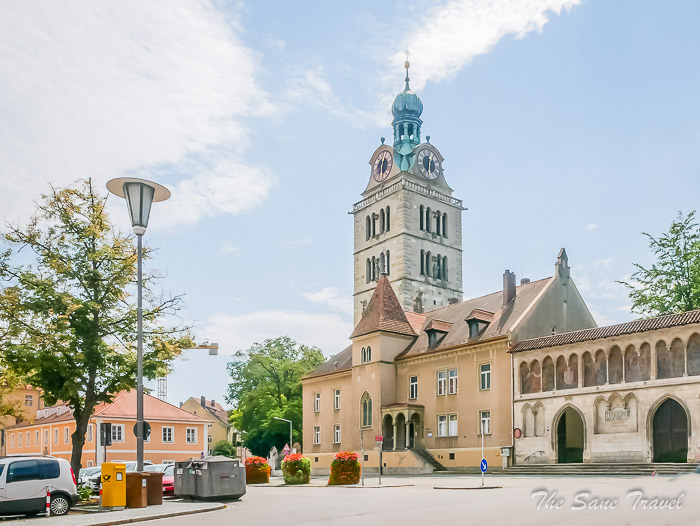
How to get there?
The closest airport to Regensburg is Munich Airport, located less than 80 kilometres away. From there, you can take a train from Munich railway station to Regensburg.
10 Monastic Island of Reichenau, 2000
The island of Reichenau on Lake Constance next to Constance city is home to a Benedictine monastery founded in 724, which significantly influenced the spiritual, intellectual and artistic development. The churches of St. Mary and Mark, St. Peter and St. Paul, and St. George, constructed between the 9th and 11th centuries, showcase early medieval monastic architecture in central Europe. The wall paintings within these churches reflect impressive artistic achievements. Additionally, the island features four museum buildings that offer a comprehensive look into its religious history. The Old Town Hall, which houses the main museum, Reichenau, is one of the oldest half-timbered houses in Southern Germany. It provides a unique opportunity to explore the Middle Ages. During my visit, I explored St. Mary and Mark, located near the main museum, and St. Peter and St. Paul. St. The church of St. Mary and Mark also has a vine cellar where visitors can purchase Reichenau wines.
How to get there?
Ride the S6 train from Constance railway station to Reichenau Baden station and transfer to bus No. 204. Note that the bus operates on an hourly schedule.
Like it? Pin it? 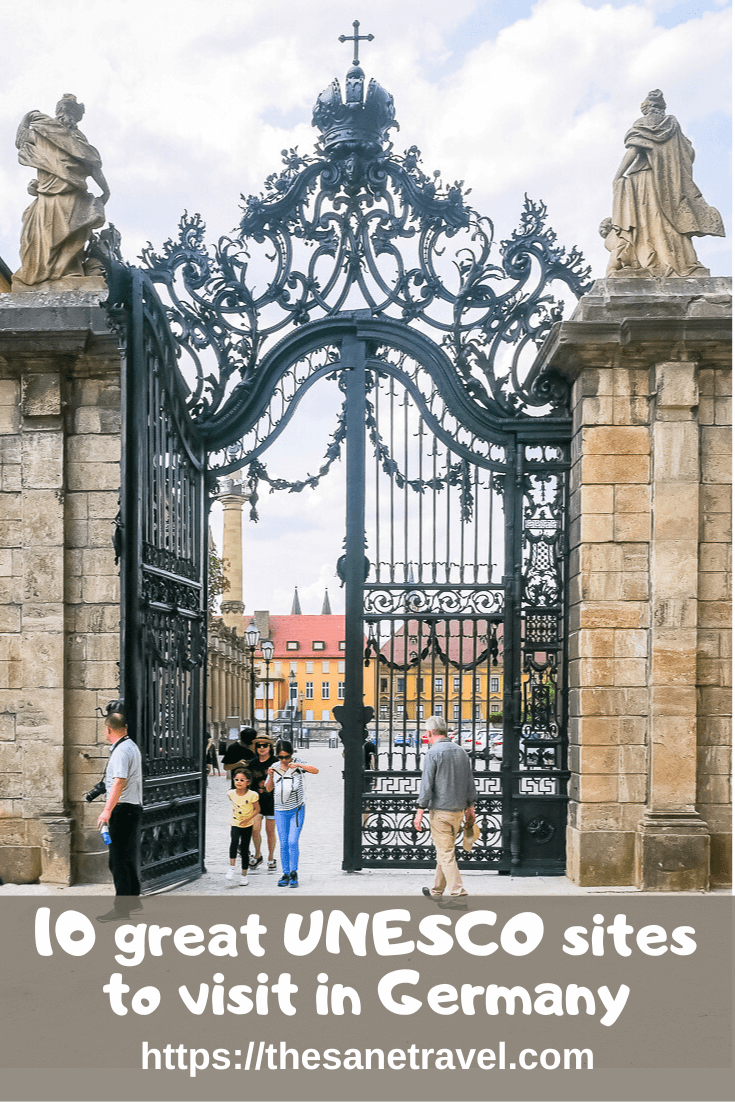
What did you think? Have you visited UNESCO heritage sites in Germany? I would love to hear from you, so please add your comment below.
Author: Anita Sane

About the author
Anita is a part-time traveller, passionate photographer and a retired career woman from Latvia, travelling mostly solo for more than 15 years. She is a skilled travel planner who plans and executes her travels by herself. Anita wants to show you how to travel the world and open your mind to new experiences. Follow her on Facebook, Instagram, Pinterest, Twitter and Bloglovin.

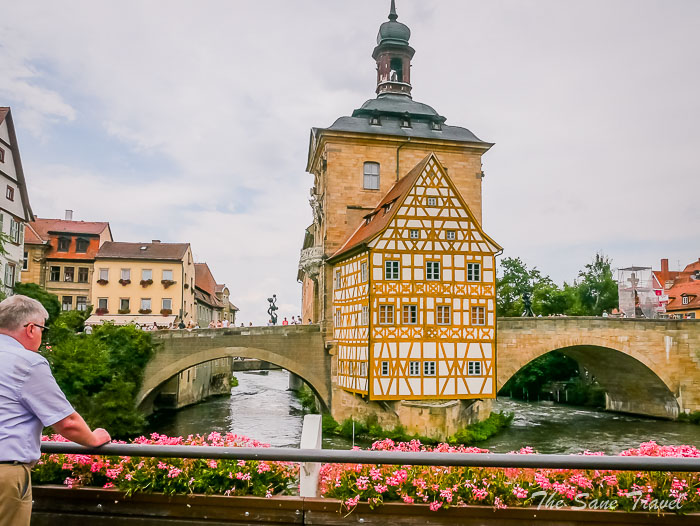
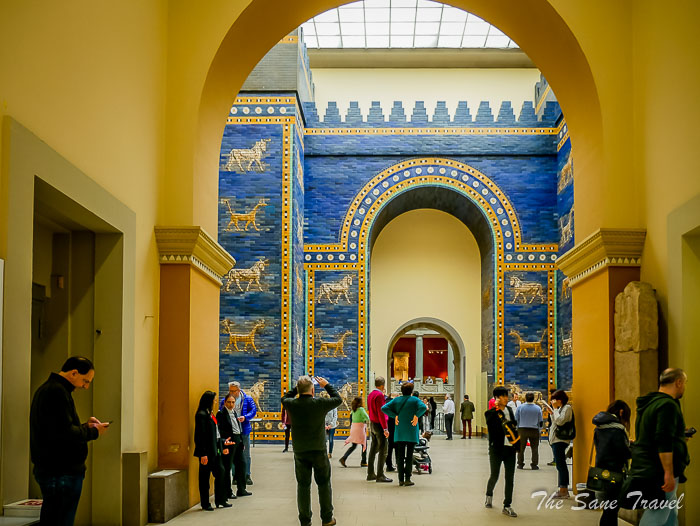
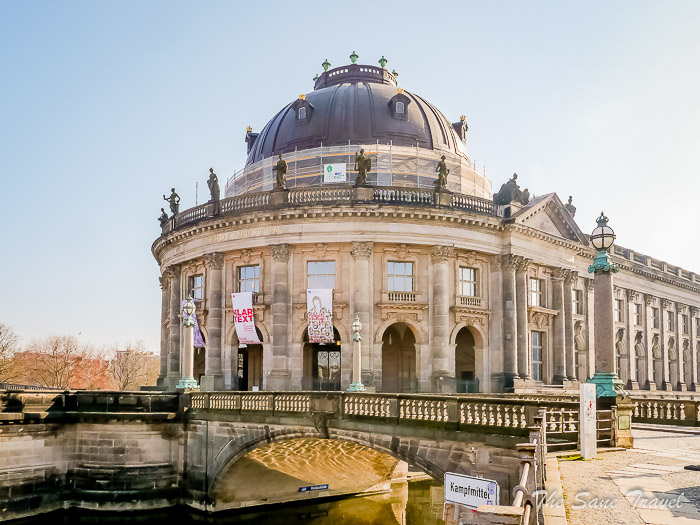
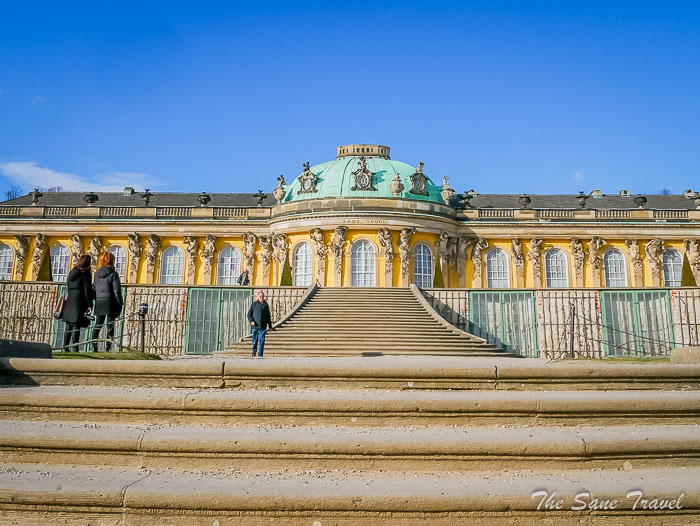
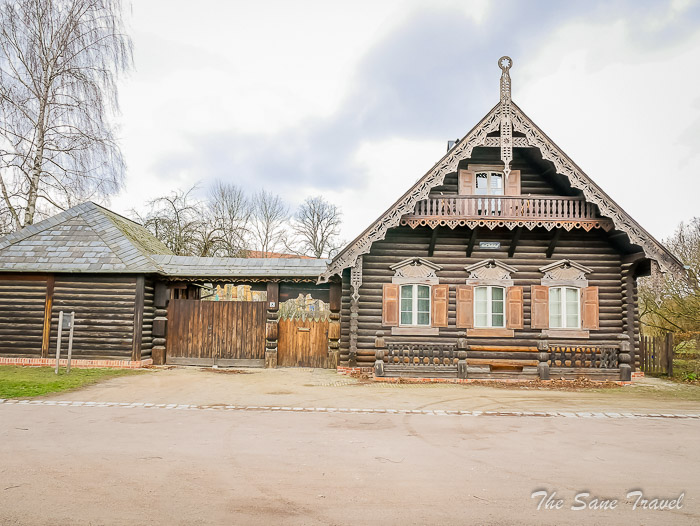
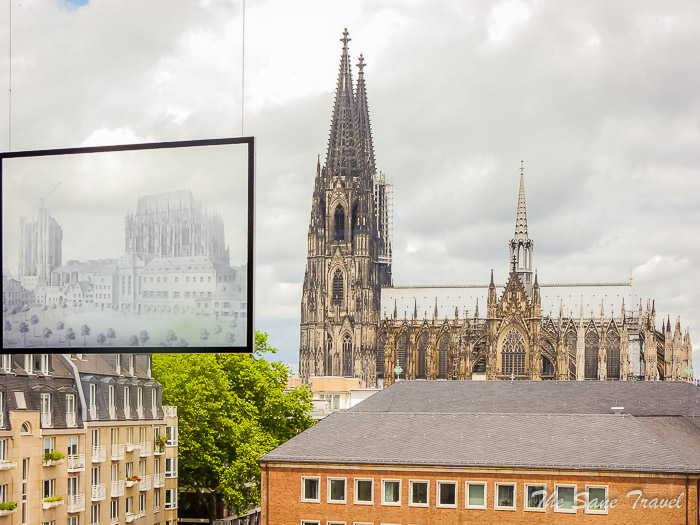
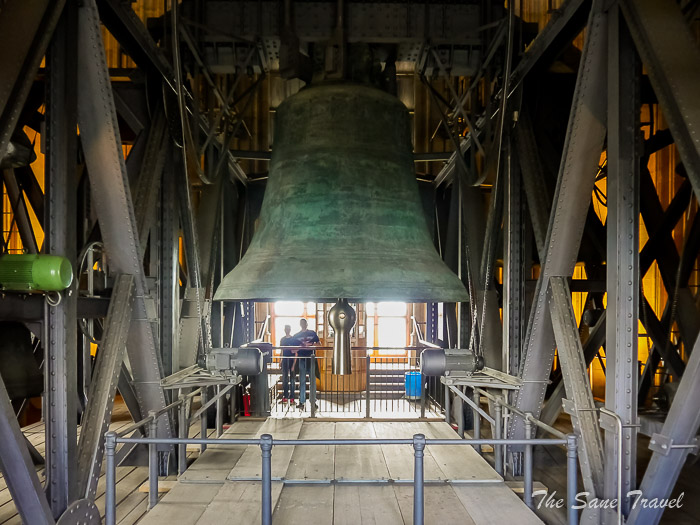
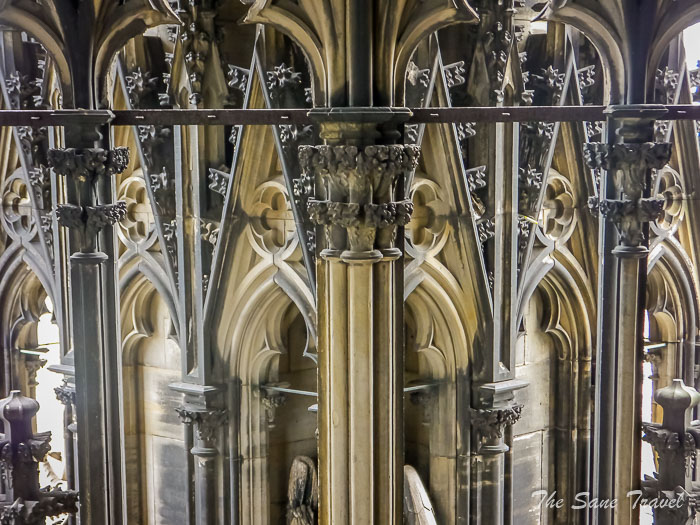
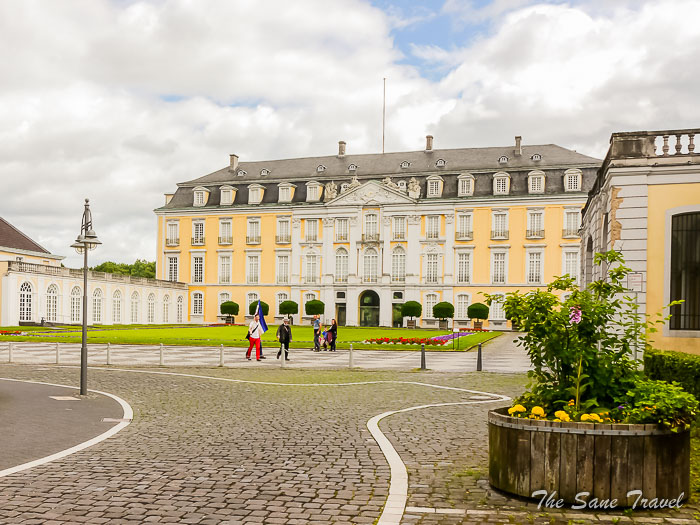
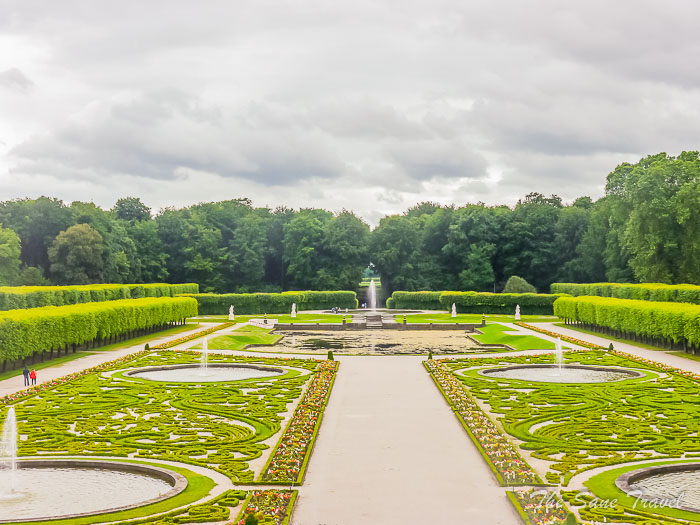
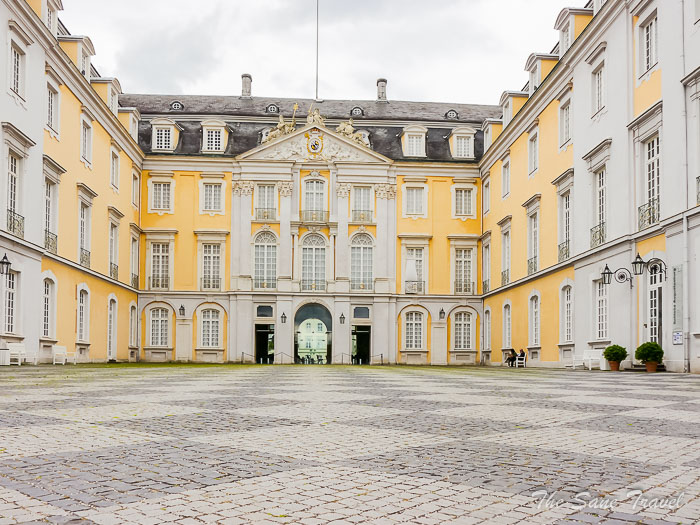
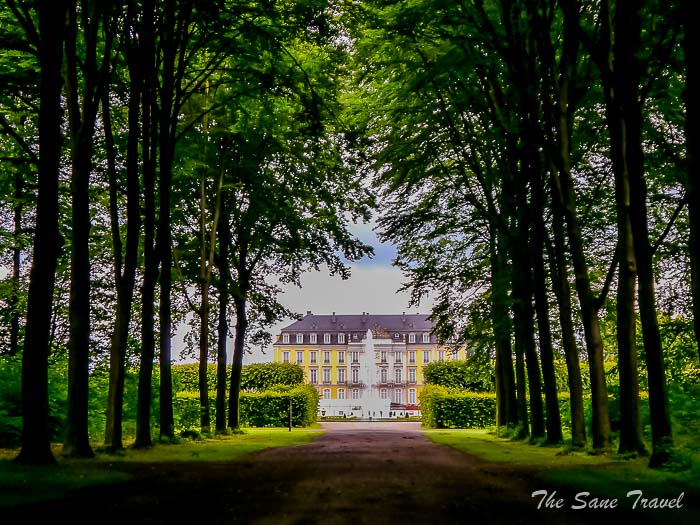
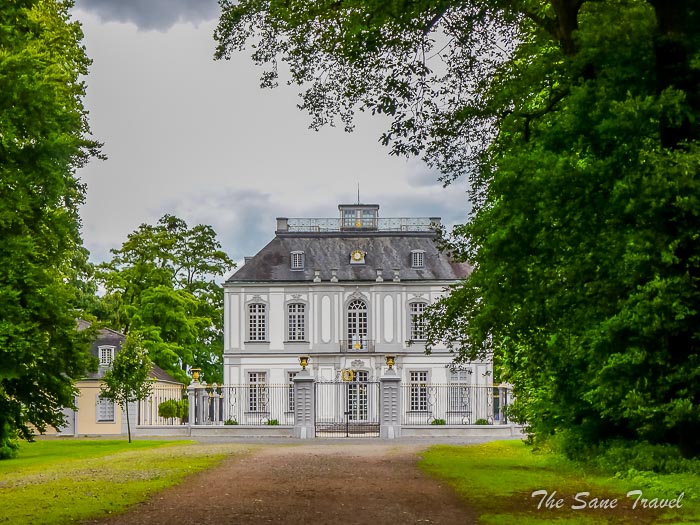
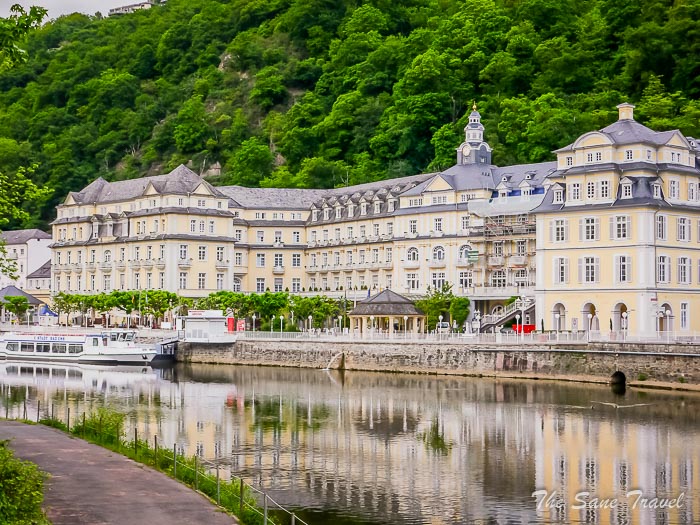
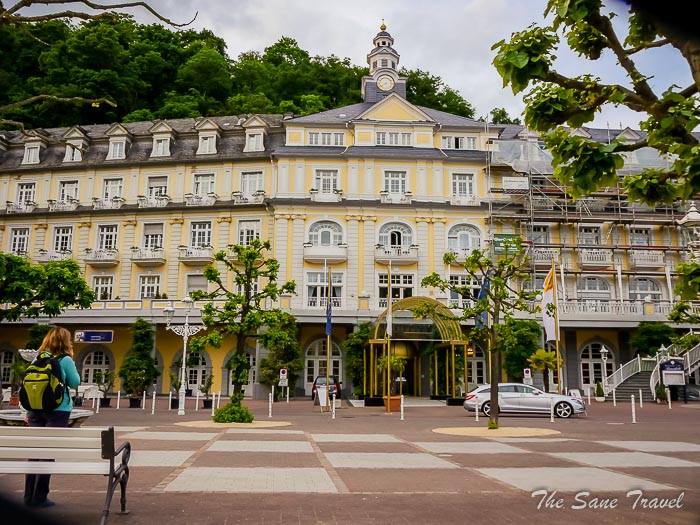
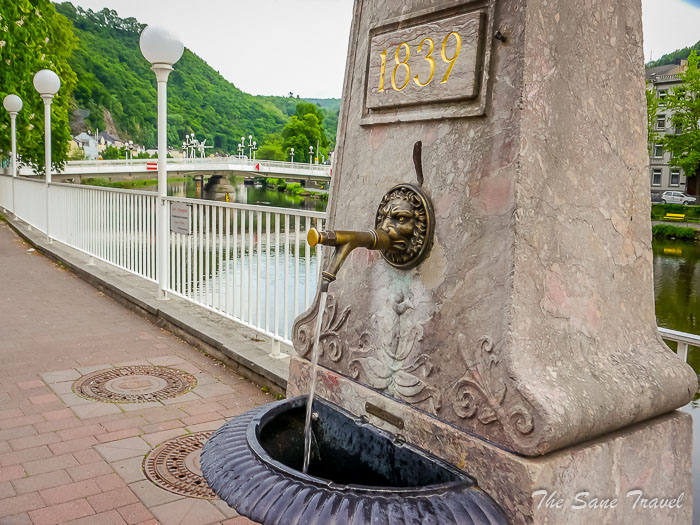
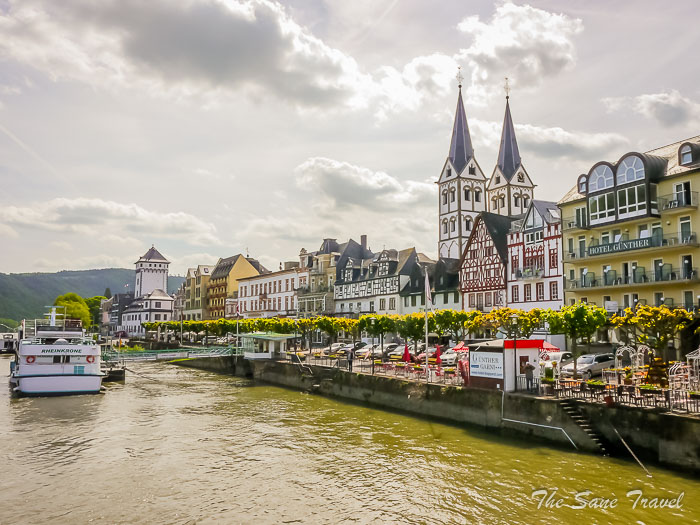
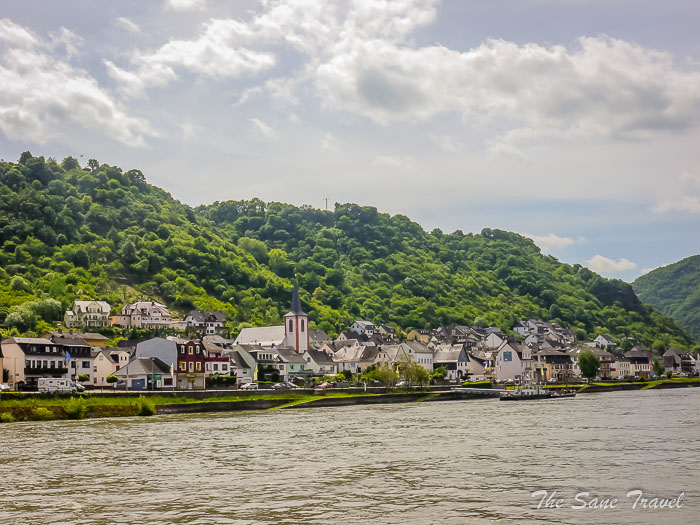
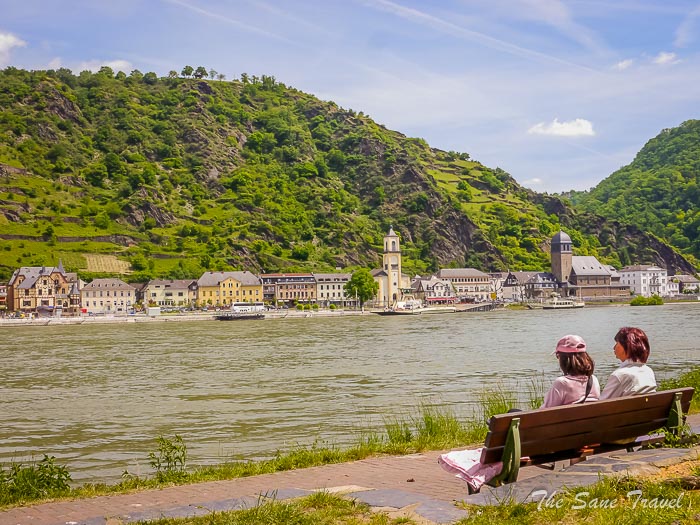
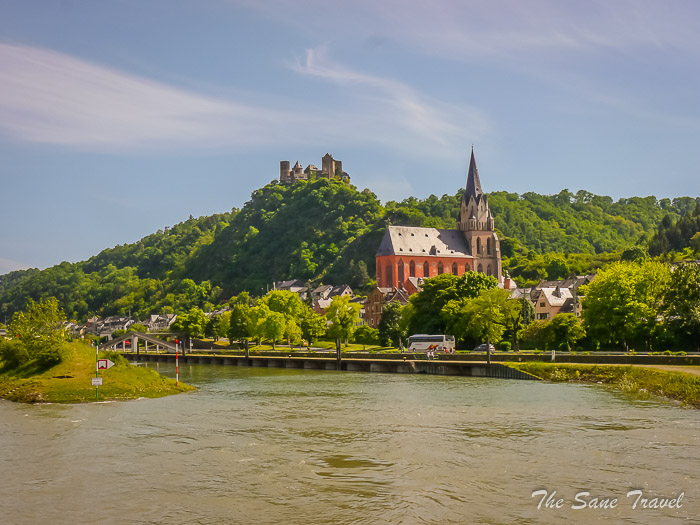
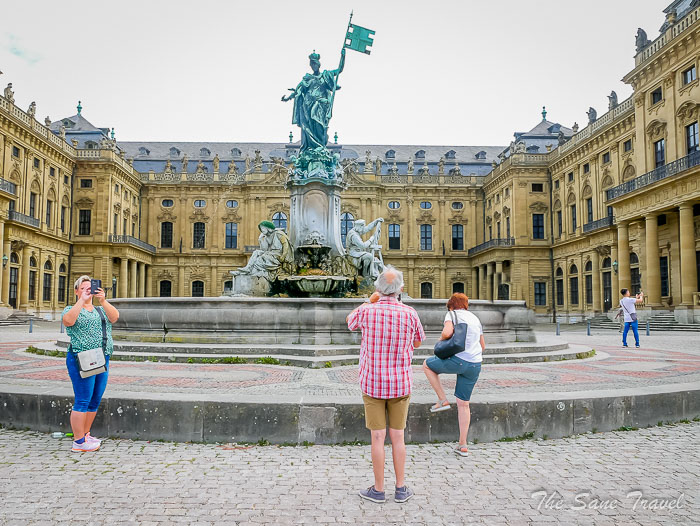
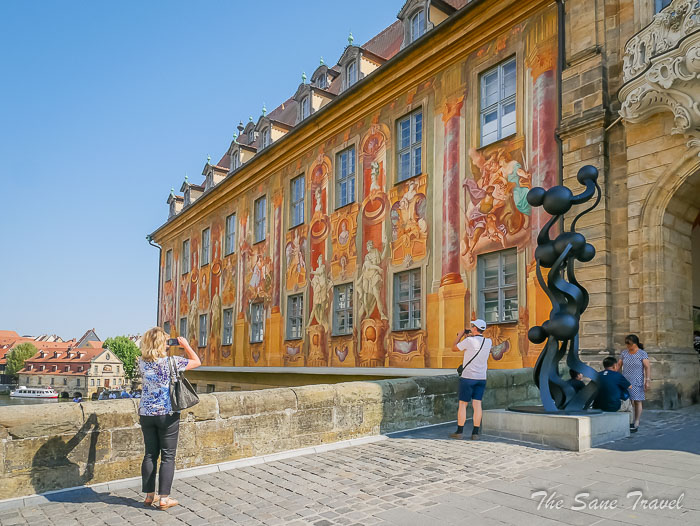
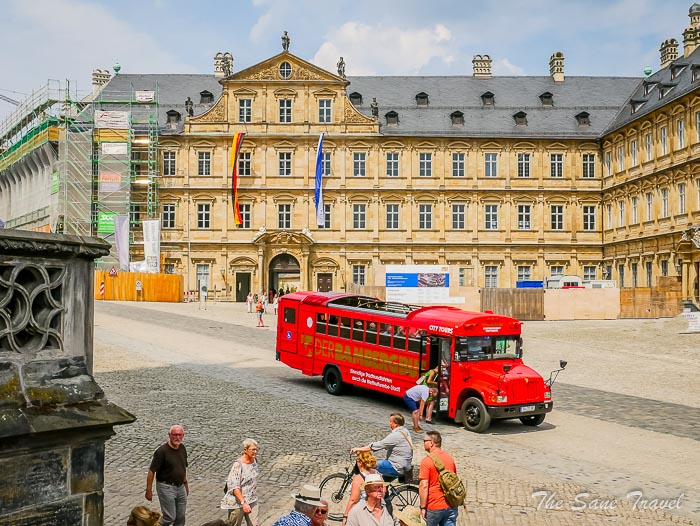
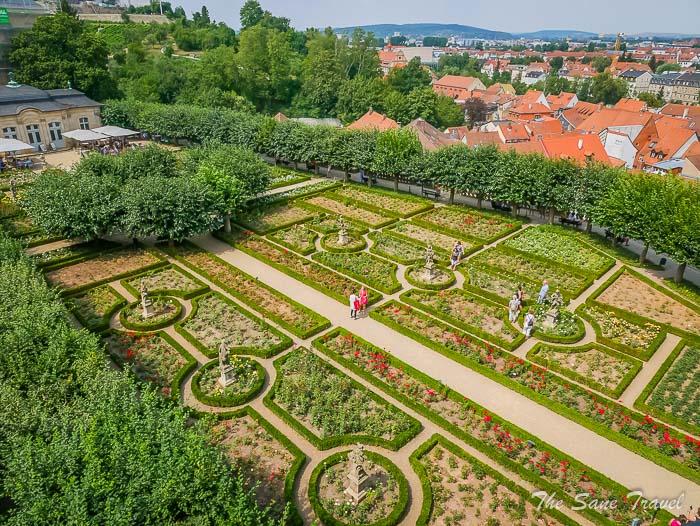
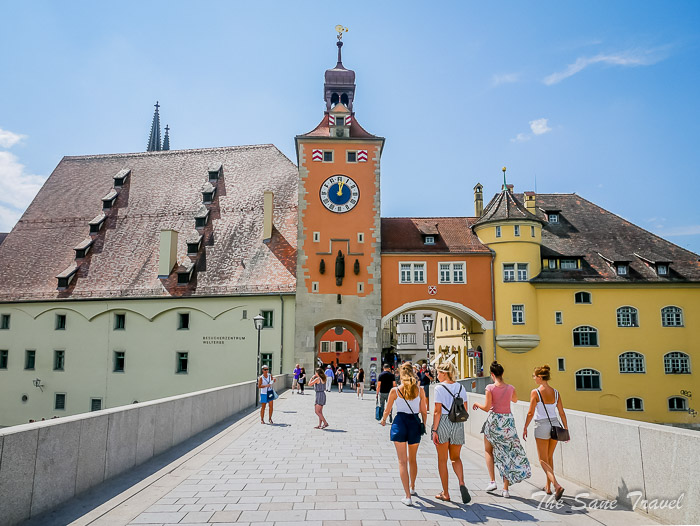
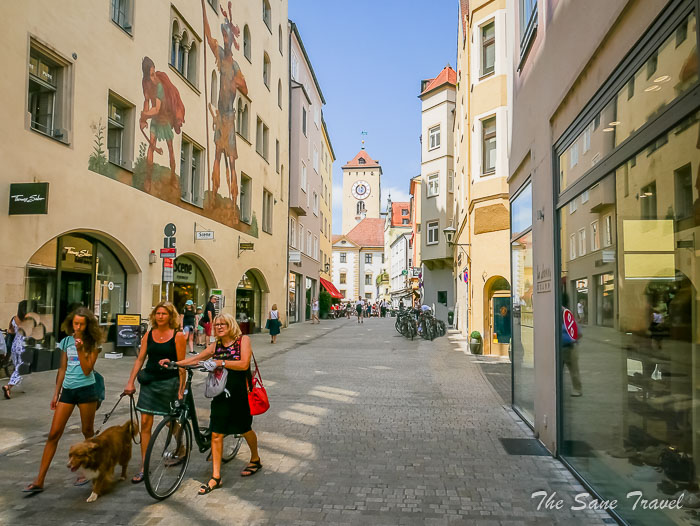
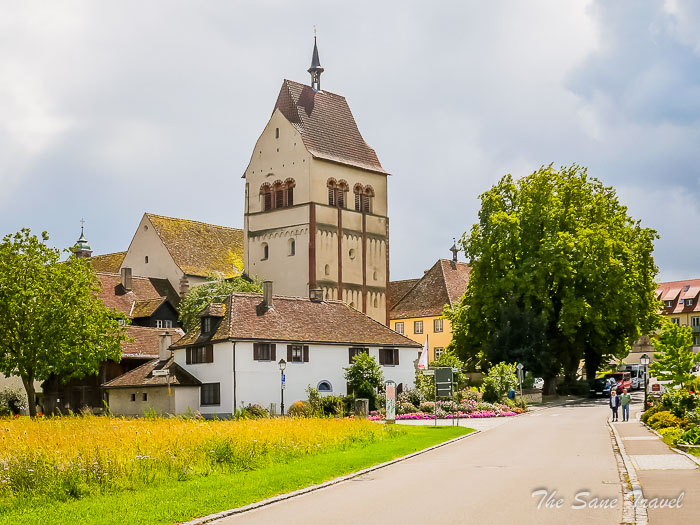
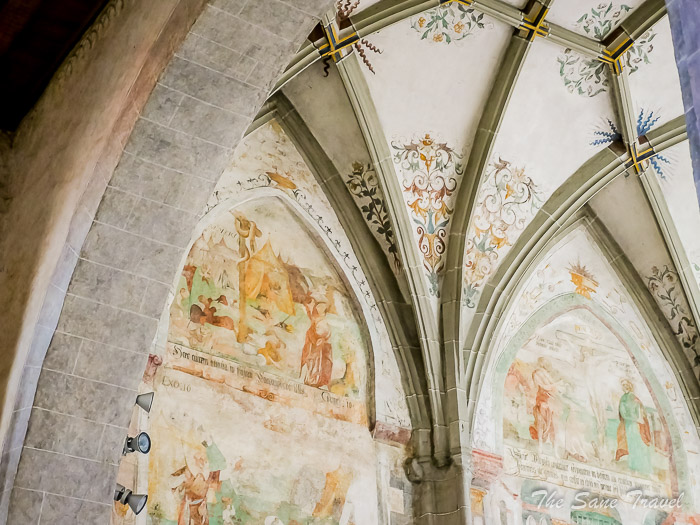
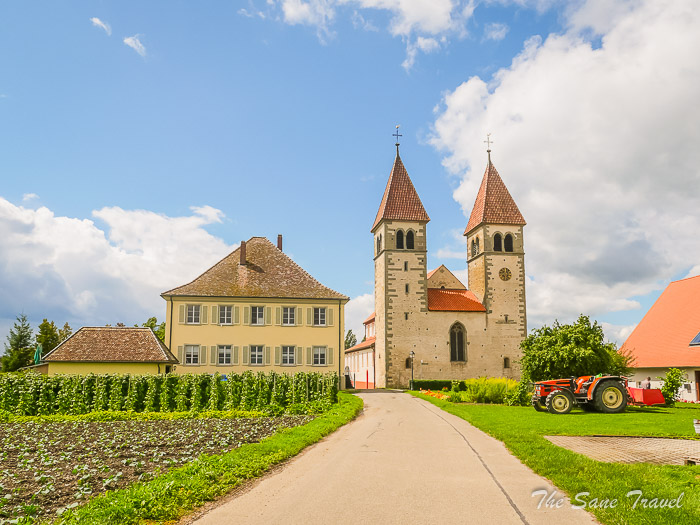
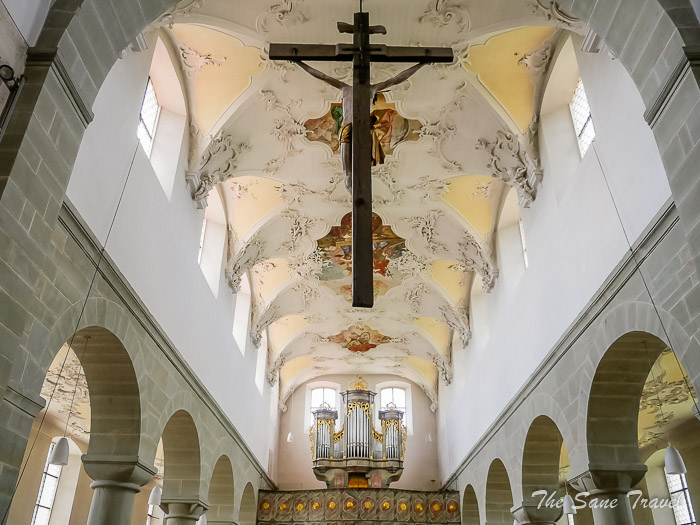
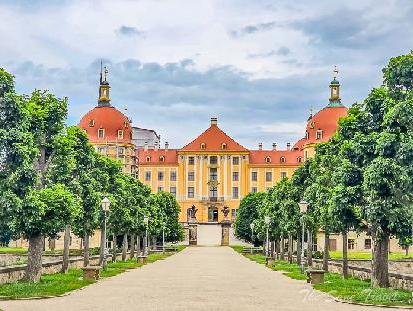
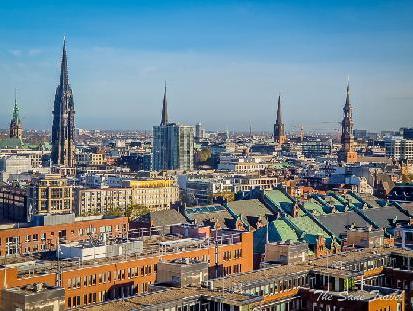
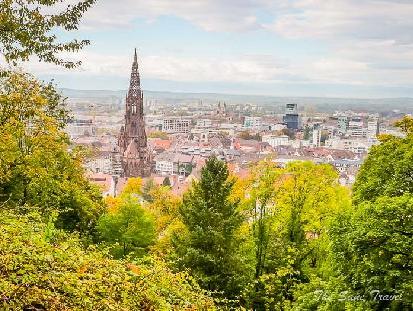

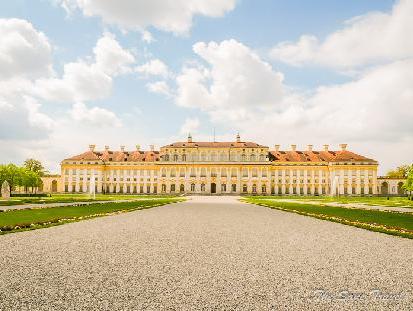
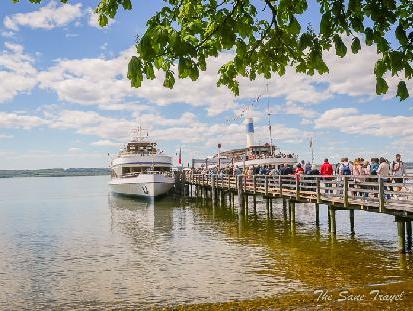
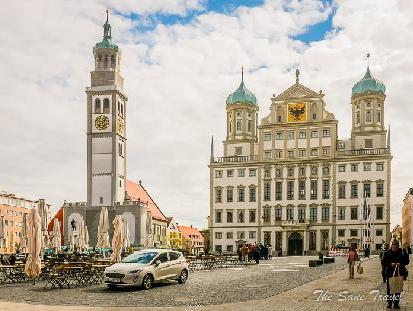
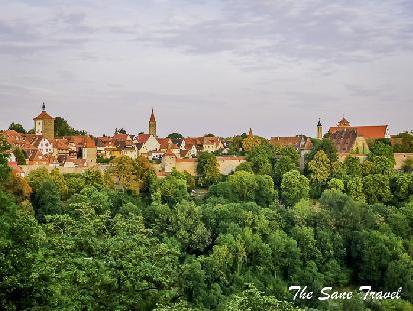
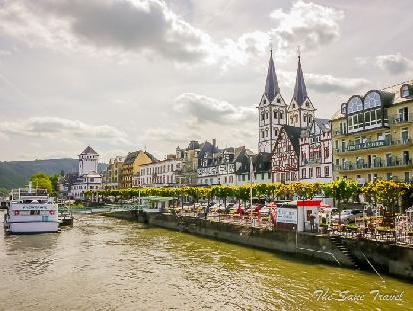
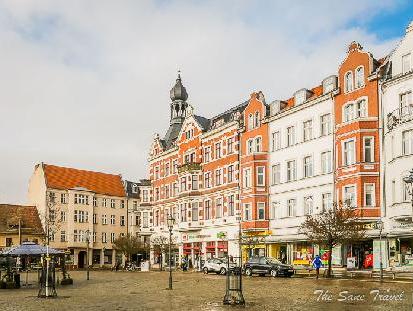
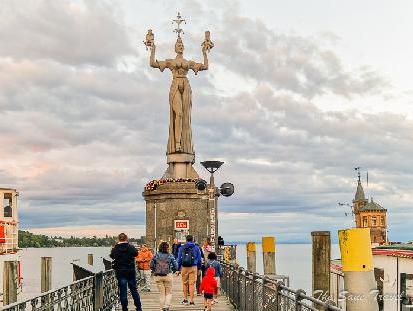
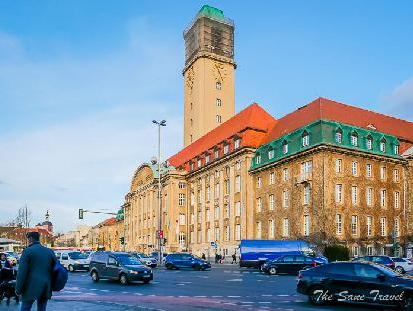

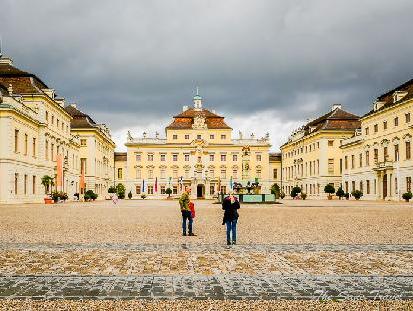
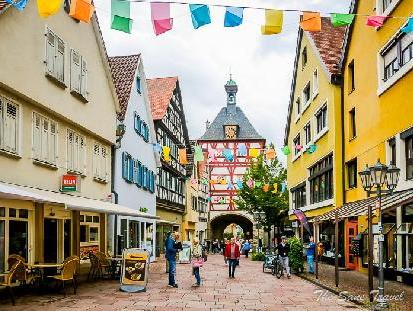
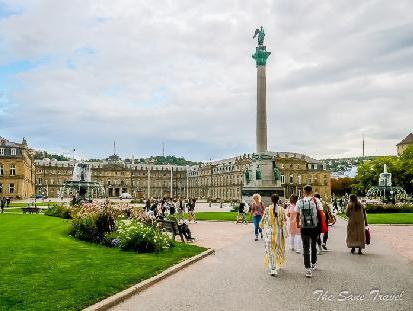
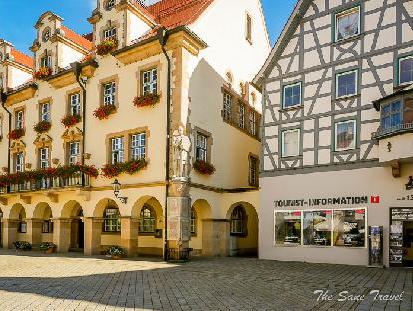
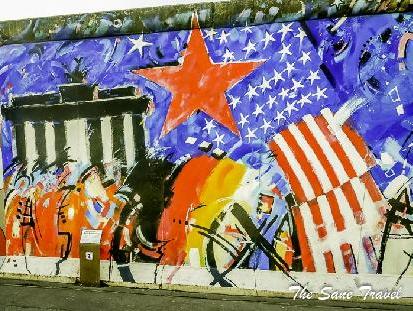
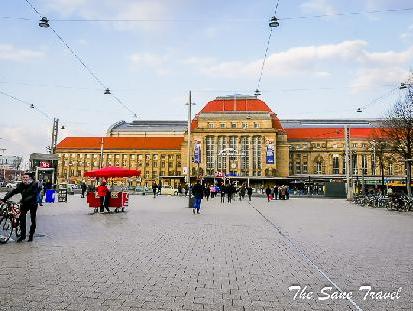
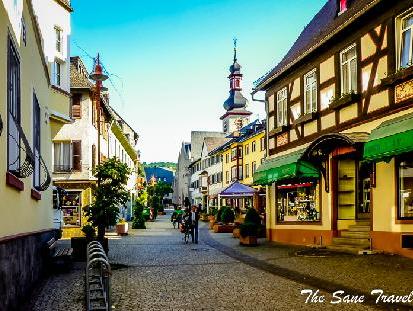
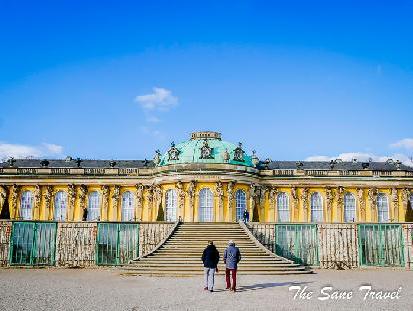
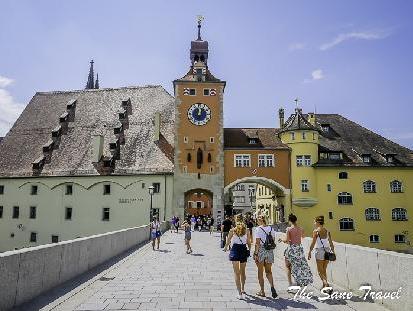
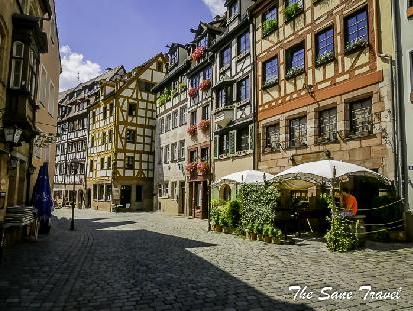
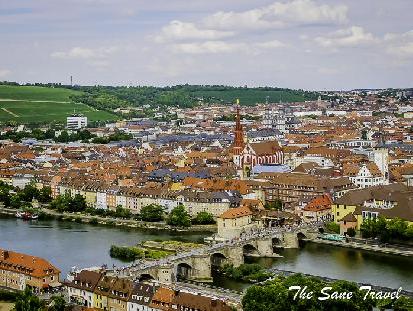
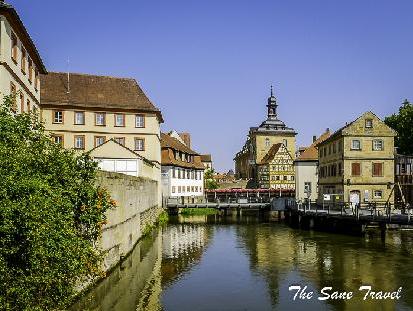
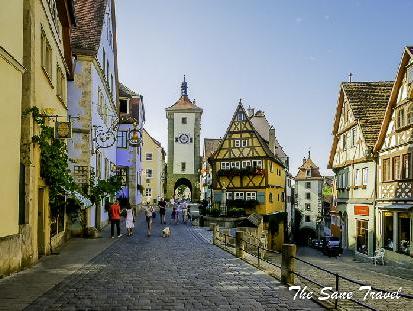
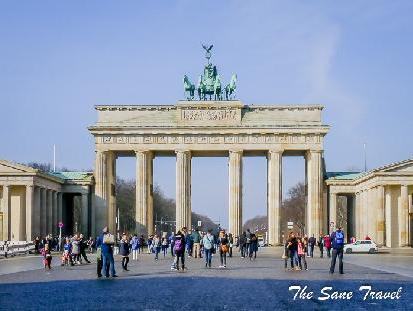
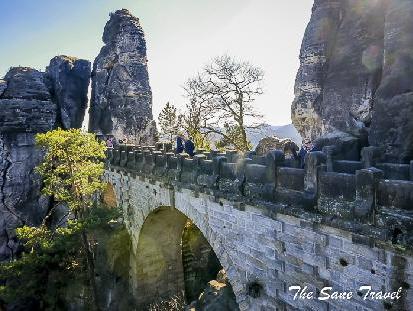
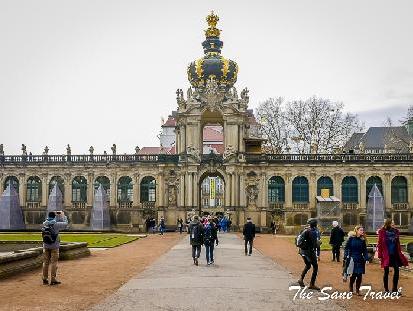
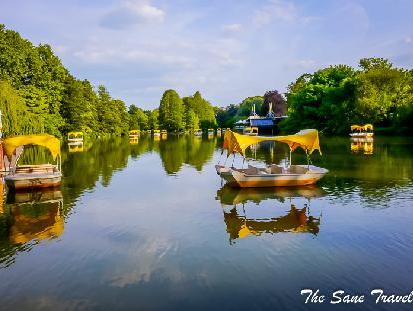
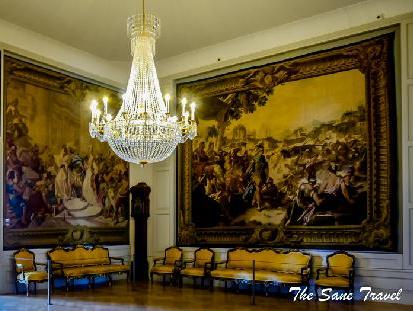
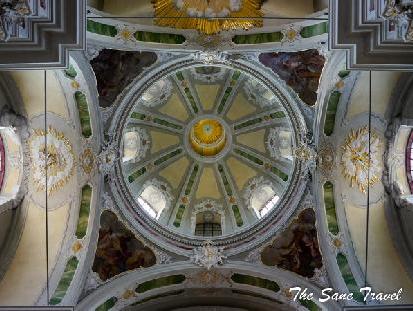
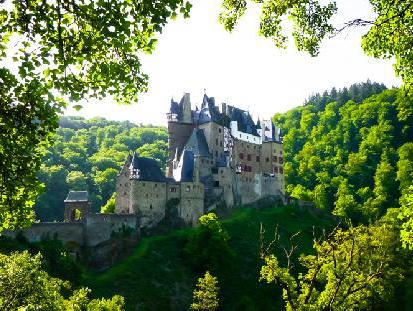
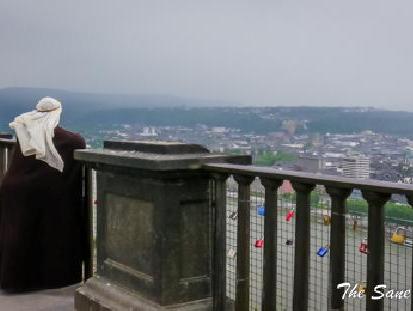
Report
My comments